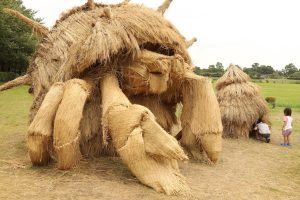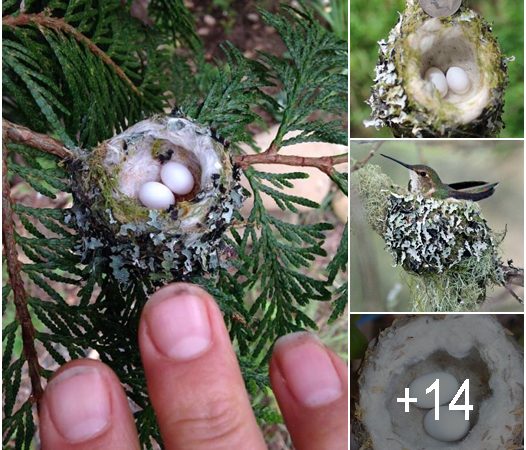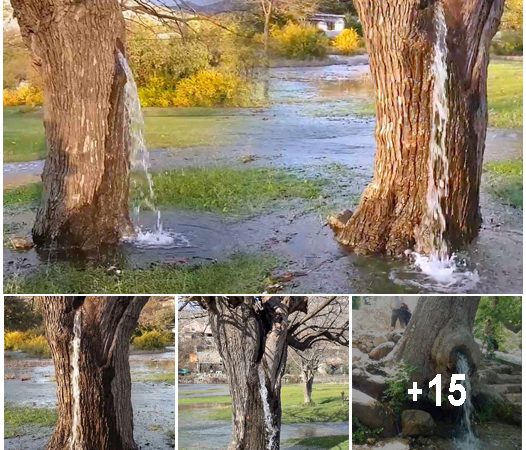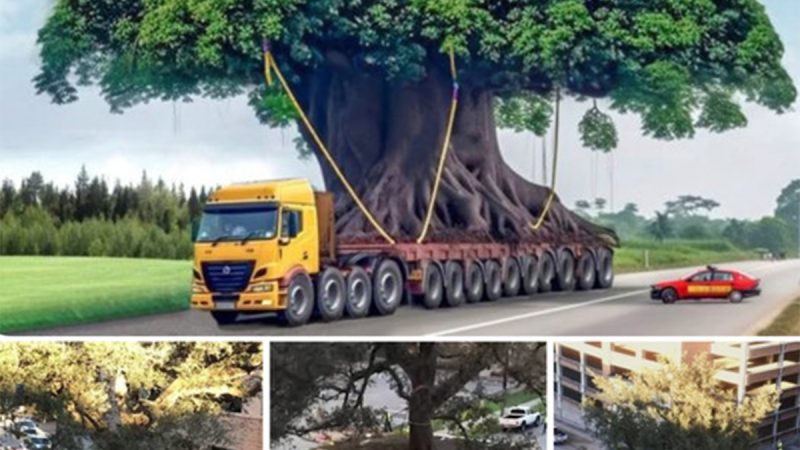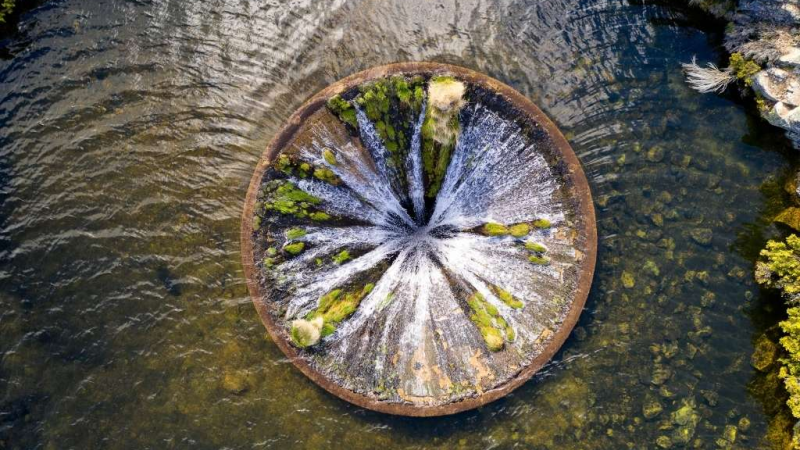From Straw to Art Breathing Life into Ordinary Material with Masterful Creations
In Japan, a land celebrated for its innovation and effective educational strategies, even the humble straw finds a renewed purpose. This transformation is most strikingly evident during the Wara Art Festival held in Niigata Prefecture, where discarded straw from rice harvests is turned into massive, awe-inspiring sculptures.
Artistic Rebirth of Straw
In the northern part of Japan, Niigata Prefecture hosts an annual event that draws thousands of visitors. The Wara Art Festival showcases gigantic animal sculptures and mythical creatures all constructed from the straw left behind after rice harvesting. These aren’t just any sculptures; they tower over spectators, crafted into forms as diverse as gaurs, eagles, and even dinosaurs, creating a surreal landscape that captivates and delights.
The utilization of straw in this manner is an innovative leap from its traditional uses, which include roof thatching, fertilizer, and animal feed. This creative reimagining was sparked a few years ago by the farmers of Nishikan Ward, who, burdened by the surplus straw produced each harvest, teamed up with Musashino Art University. This partnership has flourished, turning a simple disposal problem into a cultural and artistic spectacle.
Technical Craftsmanship and Cultural Heritage
Students from Musashino Art University take the lead in designing these sculptures, which are then brought to life by local craftsmen. These creations require intricate wooden frames that are then meticulously covered with straw, ensuring both stability and durability of the sculptures.
The idea to transform unused straw into art was initially proposed by Shingo Miyajima, a professor at Musabi, highlighting the potential to revitalize local traditions while promoting environmental awareness. One such tradition is Toba-ami, a technique used to prepare the straw for these sculptures, representing a delicate and patient art form that is at risk of being forgotten.
Cultural Impact and Festivities
The Wara Art Festival is more than just an exhibition; it is a vibrant celebration featuring games, live folk music, and handicraft stalls, adding to the communal atmosphere. The festival serves as a poignant reminder of the sustainable use of agricultural by-products and plays a crucial role in raising environmental consciousness.
Among the creatures brought to life are lions, eagles, crabs, spiders, and even mythical beings like Amabie, all crafted from the leftover straw. These figures do not only stand as testaments to artistic creativity but also weave into their forms the essence of both real and legendary life forms.
Educational Influence
The impact of such a festival extends beyond tourism and cultural preservation. It offers a unique educational tool, particularly for young children. By witnessing the transformation of simple straw into elaborate artistic figures, children are inspired to think creatively and appreciate both art and nature from an early age. This hands-on learning experience aligns with Japan’s reputation for fostering educational environments where practical and creative skills are nurtured.
Thus, the Wara Art Festival stands as a brilliant example of how traditional materials, often overlooked, can be revitalized into stunning art that educates, inspires, and entertains, echoing Japan’s overarching ethos of innovation and sustainability.
Hits: 4401

